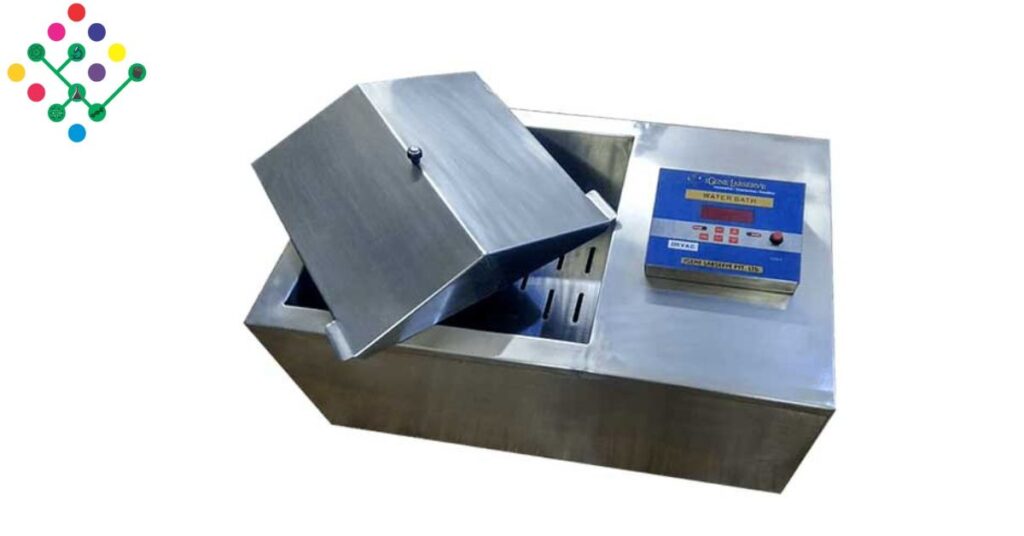Water bath shaker is basically used for agitating and mixing while immersed water at a controlled temperature. Water baths are able to transfer heat more efficiently and rapidly as compared to any air-based incubator. This post will talk about principals and types of water bath shaker.
Combining a water bath with a reciprocating shaker is called a shaking water bath. Its gabble lid is made of big stainless steel. The heating chamber is equipped with a reciprocating shaker that is connected to it via a cam shaft. Digital speed controllers or thermostatic controls are used to regulate shaking.
Our conventional water bath shaker models at IGene Labserve have chamber volumes of 12 and 18 litres, and they are made to accommodate varying capacities and numbers of flasks. These are units with two walls and glass wool insulation.
Principle of Water Bath Shaker
An inbuilt amplifier amplifies and compares the resistance value that the sensor produces from the water’s temperature. This generates the control signal, which successfully controls the electric heating tube’s average heating power and maintains the water’s temperature at a steady level.
Types of Water Bath
Shaking Water Bath
Liquid flow is more accurately regulated by the shaking feature of the water bath. Controlling the shaking is done using an on/off switch. Liquid-grown cell cultures can continually mingle with the air in microbiological procedures thanks to gentle shaking. The shaking water bath has excellent and consistent performance, a clear and accurate signal, simple temperature adjustment, and high precision temperature control.
Circulating Water Bath
Another name for it is a stirrer water bath. The water in the tubs that have circulation systems is flowing correctly. Applications requiring that the samples be at a constant or uniform temperature may benefit from the use of stirrers or circulating water baths. The circulating water bath works by constantly circulating water to reliably and effectively provide the appropriate water temperatures needed to either heat or cool samples and reagents.
Polycarbonate Water Bath
A regulated heating system is located within the bath. The temperature within the clear polycarbonate container may reach a maximum of 100 degrees Fahrenheit.
Non-circulating Water Bath
Instead of heating the water evenly, these laboratory water baths rely on the convection principle. The water bath’s ability to regulate temperature is therefore less precise. To improve heat transfer, we may also add devices to agitate the water bath. Up to 99.9 °C, water baths are safe to use. Substitutes may be employed when the temperature rises above 100 °C.
In addition to being used in food technology, it is mostly found in clinical and microbiology laboratories, university labs, environmental research, and warming reagents, sample thawing, corrosion testing, and bacteriological investigations.
Make sure you clean the bath properly after using it, especially if you used it to incubate materials that may end up in the water, such as dangerous or caustic substances. Put on rubber gloves and maybe eye protection if strong detergents or disinfectants are going to be used.
Connect with IGene Labserve by visiting us at https://www.igenels.com or by calling 09310696848 to find out more about our product if you’d like to know everything there is to know about a water bath shaker.

